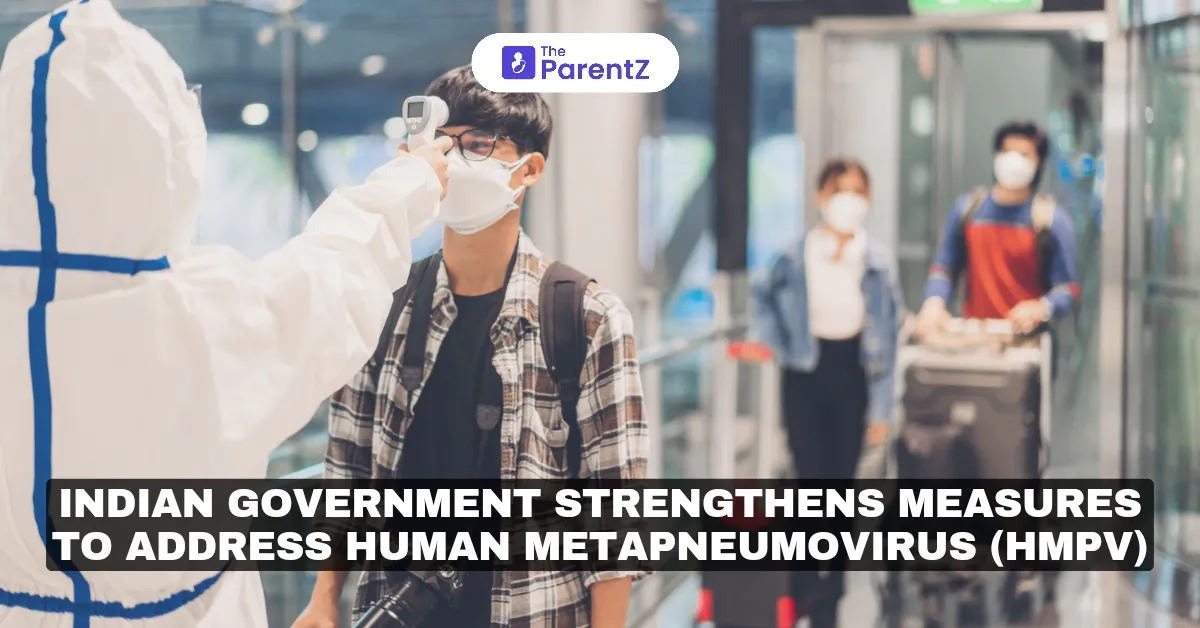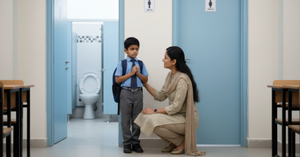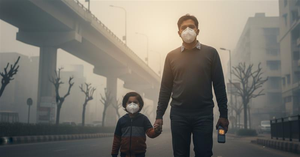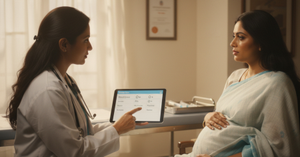The Indian government, led by Union Health Secretary Ms. Punya Salila Srivastava, recently conducted a thorough review of the current status of respiratory illnesses in the country, with a specific focus on human metapneumovirus (HMPV). Following reports of a surge in HMPV cases in China, the government has taken proactive steps to ensure public health preparedness and robust management strategies.
Surveillance and Data Monitoring
During a virtual meeting attended by state health officials, experts from the National Centre for Disease Control (NCDC), Integrated Disease Surveillance Program (IDSP), and the Indian Council of Medical Research (ICMR), it was emphasized that current data does not indicate any unusual rise in Influenza-Like Illness (ILI) or Severe Acute Respiratory Infection (SARI) cases in India. The ICMR’s sentinel surveillance data further supports this conclusion, showing no alarming trends.
The Union Health Secretary highlighted the importance of strengthening surveillance systems to detect any potential surges in respiratory illnesses, including HMPV. States and Union Territories were advised to review and enhance their ILI and SARI monitoring mechanisms to maintain a vigilant watch.
Understanding Human Metapneumovirus (HMPV)
Human metapneumovirus, a respiratory virus first identified in 2001, has been circulating globally for decades. It primarily affects the respiratory tract and is most active during winter and early spring. While HMPV infections are generally mild and self-limiting, the virus can cause severe complications in vulnerable populations such as young children, older adults, and individuals with weakened immune systems.
The Union Health Secretary reassured the public that HMPV does not currently pose a significant threat in India. However, she emphasized the need for continuous awareness and preparedness, especially during the winter months when respiratory illnesses typically see an uptick.
Public Health Measures
The government is actively working to educate the public on preventive measures to reduce the spread of respiratory viruses, including HMPV. States have been instructed to amplify Information, Education, and Communication (IEC) campaigns to raise awareness about the following precautionary steps:
- Hand Hygiene: Washing hands frequently with soap and water.
- Avoiding Face Touching: Keeping hands away from the face, especially the eyes, nose, and mouth.
- Respiratory Etiquette: Covering the mouth and nose when coughing or sneezing.
- Social Distancing: Avoiding close contact with individuals showing symptoms of respiratory illnesses.
Diagnostic and Healthcare Preparedness
The meeting highlighted that India has adequate diagnostic facilities for detecting HMPV, supported by ICMR’s Virus Research and Diagnostic Laboratories (VRDLs). These laboratories are well-equipped to handle potential increases in cases, ensuring timely and accurate diagnosis.
Additionally, the Union Health Secretary reiterated that India’s healthcare system is prepared to manage any potential surges in respiratory illness cases. Hospitals and health facilities across the country have been instructed to remain vigilant and ensure readiness to provide necessary care.
Emphasis on Seasonal Trends
Experts attending the meeting emphasized that an increase in respiratory illnesses is a common seasonal phenomenon during the winter months. While this trend is typical, the government’s proactive measures aim to minimize any potential health risks and provide reassurance to the public.
Collaborative Efforts for Public Health
The Union Health Ministry’s collaborative approach, involving state health departments, national health agencies, and international partners, underscores its commitment to safeguarding public health. By leveraging data-driven insights and fostering awareness, the government is ensuring that India remains prepared to address not just HMPV, but any emerging public health concerns.
Final Thoughts
India’s proactive stance on managing respiratory illnesses, including human metapneumovirus, reflects the country’s robust public health infrastructure and commitment to citizen well-being. While the current situation does not warrant alarm, the emphasis on surveillance, prevention, and preparedness ensures that the nation is ready to respond effectively to any potential challenges. Through continued vigilance and public cooperation, India aims to navigate the winter season with resilience and confidence.








Be the first one to comment on this story.